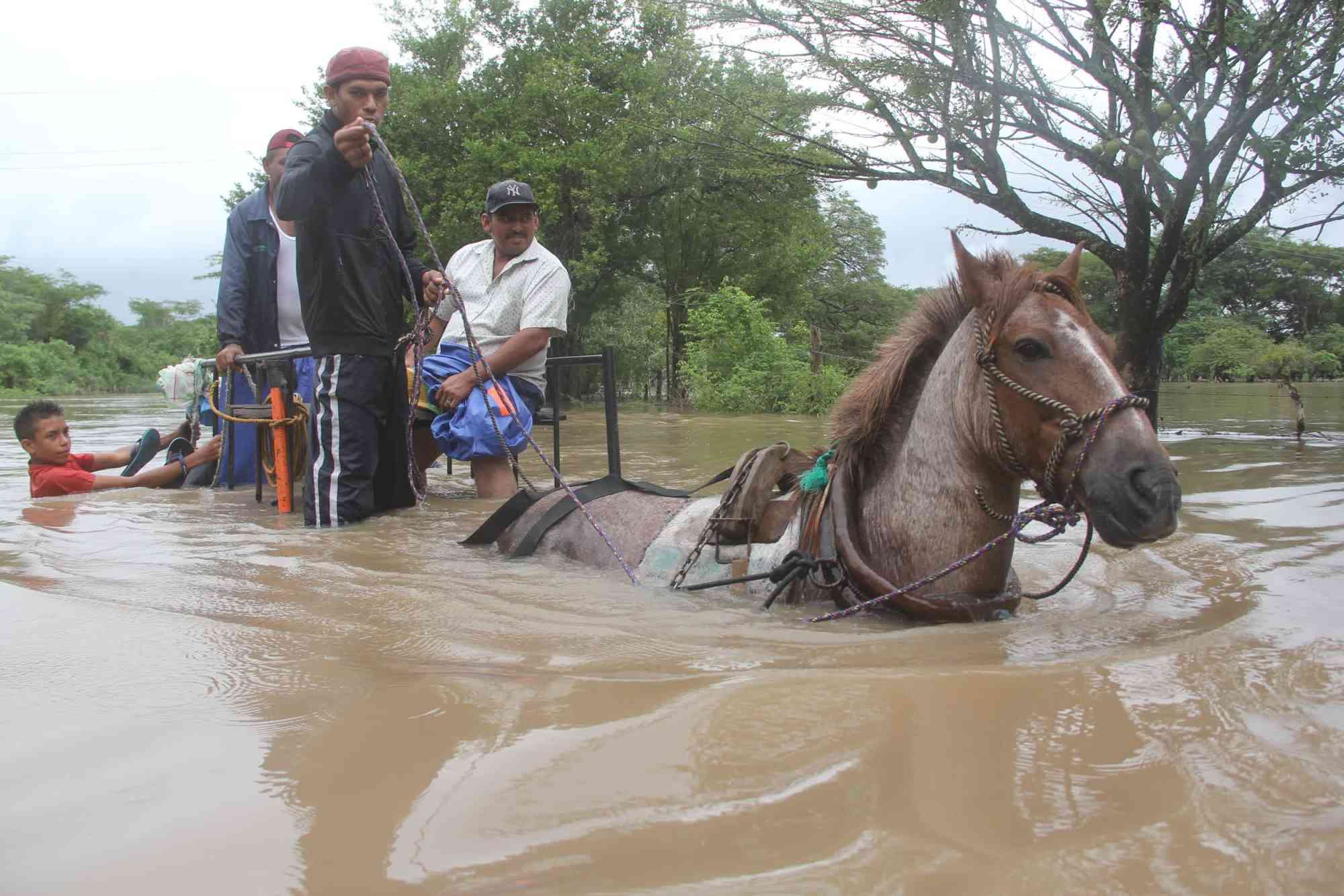Capacity building to reduce animal vulnerability for animal owners and governments
When disasters hit, animals also experience terrible effects as people do. This commitment aims at increasing the protection of animals exposed to disasters by, for example, providing online training on animal rescue and disaster management.
Description
World Animal Protection works with animals in communities, in the wild, across farming industries, and in disaster zones to bring a voice for animals and act against cruelty and suffering. Part of our work is protecting animals affected by disasters.
Disasters kill and injure millions of animals each year. When animals die during disasters, it can have a devastating effect on the people who rely on them for companionship and economic activities. Many poor people around the world depend on animals for food, transport, and livelihoods. For more than 50 years, at the international and national levels, our organization campaigns for animal inclusive disaster risk reduction strategies and policies, deploys resources to disaster zones to assist animals and owners, and executes capacity building. This commitment, in particular, aims at expanding the availability of training trough an online course, PrepVet.
As a result, we expect to raise awareness and increase the number of trained veterinarians, animal owners, local government officials, and other actors that are in charge or related to animal health.
Did the Sendai Framework change or contribute to changes in your activities/organization? If so, how?
It provided guidance and focus to countries to include farm and working animals as assets worth protecting from disasters to protect livelihoods. For example, Priority 3 (invest in disaster risk reduction for resilience) includes paragraphs 30 (p) and 31 (f) calling for strengthening the protection of livelihoods and productive assets including livestock and working animals.
What led you to make this commitment/initiative?
What was your position before making this Voluntary Commitment / prior to the Sendai Framework?
The same but more diffuse as there was no global leadership as it is now with the Sendai Framework.
Deliverables and Progress report
Deliverables
Deliverables are the end-products of the initiative/commitment, which can include issuance of publications or knowledge products, outcomes of workshops, training programs, videos, links, photographs, etc.
Online course on DRR and risk/disaster management for animals, approx. 2 month duration.
Porgress report
World Animal Protection (formerly known as WSPA) designed, implemented and presented an online course in three languages (Spanish, English, Portuguese) called PREPVET, for animal sciences students to veterinary faculties in Australia, India, Thailand, Kenya, Brazil, Mexico and Central America (Costa Rica, Guatemala, Nicaragua & Panama). The PREPVET was presented at different regional fora in Oceania, India, Africa and Latin America.
The PREPVET was built on the back of our training experience with the concept of VERU (Veterinary Emergency Response Units) teams in three continents. The VERU concept was originated in Costa Rica approx. 20 years ago together with the National University of Costa Rica, and it is still very much alive in India and Kenya.
The global program accounted for 8 million animals actively helped through rescue and relief efforts during emergencies around the world, and nearly 400 million supported by proxy efforts in the advocacy field of public policies adopted by countries, in accordance to the Sendai Framework indicators focusing on the protection of farm and working animals, for the protection of the livelihoods of their owners, food security, etc.
Organizations and focal points
Implementing Organization(s)
Focal points
